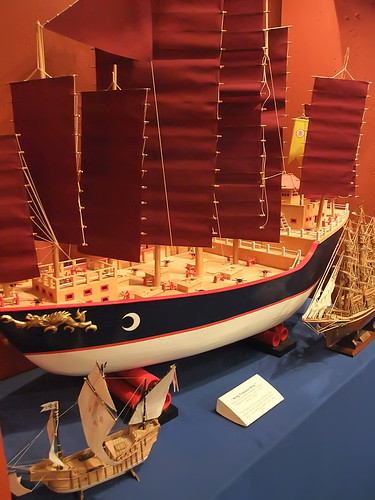The planned area for the temporary exhibition is 787 square meters, and the floor space is about 700 square meters, with the total length of the visitors' corridor standing at 291 meters, according to Xu Huiqian, governor of Anyang County. - People's Daily OnlineI became really interested in the Han Dynasty while researching an article for Heritage Key, "Mad, Bad and Dangerous Women of the Han: The Shocking Story of Lady Dai". I was even more intrigued after watching John Woo's classic epic "Red Cliff" (the full length international version).
"Red Cliff" is based on the 800,000 word Chinese historical epic "Romance of the Three Kingdoms". Although it is a novel, it is said to be about 70% history, 30% fiction. Written during the early Ming Dynasty when Cao Cao was viewed unfavorably, "Romance of the Three Kingdoms" portrays him as the novel's villain. Cao Cao actually accomplished a number of favorable achievements, however. He not only united northern China but implemented agricultural and education programs that helped the people recover from a devastating famine brought on by a plague of locusts in 194 CE. His programs also raised the standard of living for many people and supported the development of intellectually gifted individuals. Cao Cao himself was skilled in poetry and martial arts and considered quite strategically astute. He authored a number of military manuals.
Although the discovery of Cao Cao's tomb was reported by archaeologists in December 2009, the tomb had been discovered and robbed by tomb raiders quite some time before then. Authorities only learned of its location after tablets surfaced in the antiquities market bearing inscriptions of "King Wu of Wei", the title conferred on Cao Cao after his death.
At least by the time the authorities were led to the site, it still contained 250 artifacts including weapons, armor, and pottery, the remains of a man in his 60s, and the bones of two women in their 50s and 20s, thought to be Cao Cao's wife and her female servant. Some scholars fear that some of the artifacts found within the tomb may have been planted by enterprising antiquities dealers, however.
I hope to travel to China in the next few years so, although I won't be able to see the current exhibit opening next month, hopefully I will be able to at least visit the tomb site.







